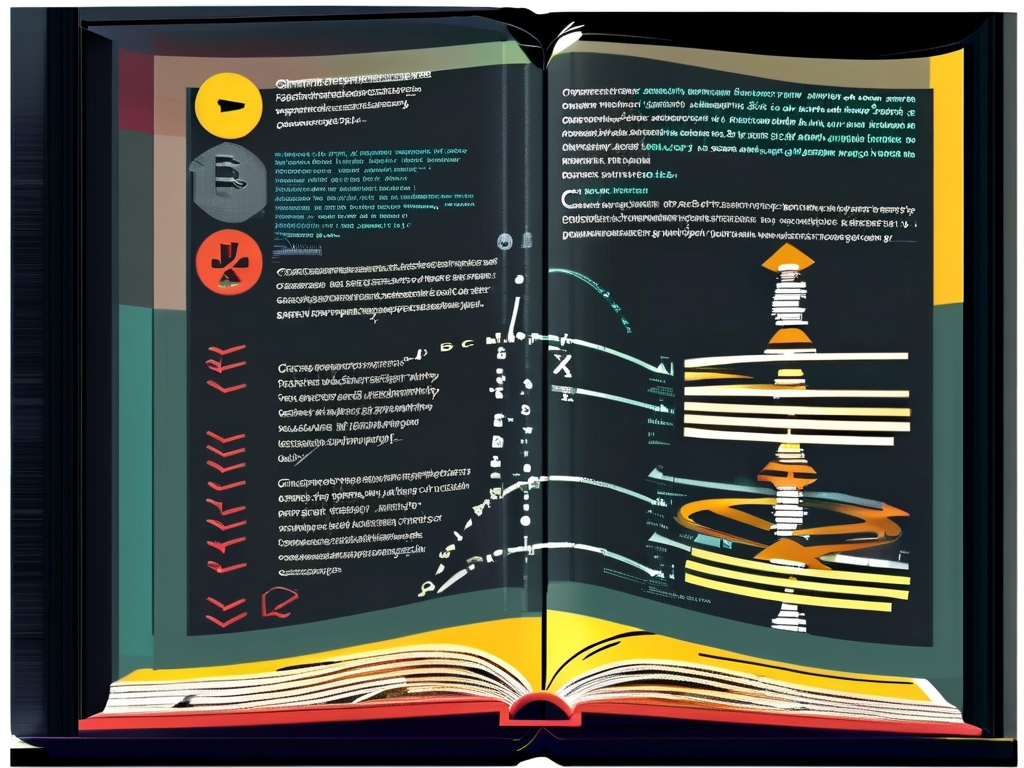In the realm of compiler construction, syntax trees serve as foundational structures that bridge human-readable code and machine-executable instructions. These hierarchical representations, derived from formal language grammars, enable compilers to analyze and transform source code systematically. This article explores the mathematical underpinnings of syntax trees, their construction principles, and practical implementations in modern compiler frameworks.
The Grammar-Syntax Tree Relationship
At the core of syntax tree generation lies context-free grammar (CFG), defined as a 4-tuple ( G = (V, \Sigma, R, S) ), where:
- ( V ): Finite set of non-terminal symbols
- ( \Sigma ): Finite set of terminal symbols
- ( R ): Production rules of form ( A \rightarrow \alpha )
- ( S ): Start symbol
Consider a simple arithmetic expression grammar:
Expr → Expr '+' Term | Term
Term → Term '*' Factor | Factor
Factor → '(' Expr ')' | Integer
A syntax tree for "3 + 5 * 2" would be structured as:
Expr
/ \
Expr Term
/ / \
Term Factor Factor
| | |
3 5 2 This tree visually encodes operator precedence through hierarchical nesting.
Construction Algorithms
Top-down parsers like recursive descent implement syntax tree building through predictive parsing. The following pseudocode demonstrates expression tree generation:
def parse_expr():
node = parse_term()
while peek() == '+':
consume('+')
rhs = parse_term()
node = BinaryOpNode('+', node, rhs)
return node
Bottom-up approaches in LR parsers utilize shift-reduce actions with stack-based tree assembly. The LALR(1) algorithm, for instance, maintains a stack containing both states and partial syntax tree nodes.
Mathematical Optimization
Syntax trees enable algebraic optimizations through pattern matching on subtree structures. For example:
[
\begin{cases}
x + 0 \rightarrow x \
x 1 \rightarrow x \
2 x \rightarrow x + x
\end{cases}
]
These rewrite rules are formally expressed using term rewriting systems ( (Σ, R) ), where ( Σ ) is a signature and ( R ) a set of rewrite rules.
Intermediate Representations
Modern compilers often convert concrete syntax trees to abstract syntax trees (ASTs) by eliminating syntactic sugar:

// Original code
for(int i=0; i<10; i++) { sum += i; }
// AST representation
LoopNode(
Declare(i, 0),
LessThan(i, 10),
Increment(i),
Block(AssignAdd(sum, i))
)
This abstraction facilitates platform-independent optimizations before code generation.
Practical Challenges
Real-world implementations must handle:
- Ambiguity resolution through operator precedence declarations
- Memory-efficient node allocation strategies
- Source mapping for debug information
- Error recovery with minimal tree corruption
The ANTLR parser generator addresses these through adaptive LL(*) parsing and automatic error node insertion, maintaining valid tree structures even with malformed inputs.
Emerging Applications
Recent advancements extend syntax tree concepts to:

- IDE tooling (live code analysis)
- Mutation testing frameworks
- Machine learning-based code generation
- Blockchain smart contract verification
A 2023 study demonstrated 18% faster compilation times in Rust compilers through parallel syntax tree validation using GPU acceleration.
Syntax trees remain indispensable in compiler design, serving as both mathematical models and practical data structures. Their formulation combines discrete mathematics with software engineering principles, enabling efficient translation of high-level abstractions to executable code. As language complexity grows, so too does the importance of optimized tree manipulation techniques in maintaining compilation performance.









